Optimal Timing for Storm Restorations
Storm restorations are most effectively performed during periods of calmer weather, typically in late spring or early fall. These times allow for thorough inspections and repairs without the interference of ongoing storms or adverse weather conditions. Scheduling during these windows can help ensure that restoration work is completed efficiently and effectively.
Late spring and early fall are ideal for storm restorations due to stable weather conditions, reducing delays and weather-related complications.
Performing restorations during dry periods minimizes risks associated with rain, wind, and storms, ensuring safety and quality work.
Avoiding peak storm seasons, typically late summer and early fall, can prevent the need for urgent repairs and allow for scheduled, comprehensive restoration efforts.
Calmer weather provides better conditions for detailed inspections, which are essential for identifying all storm-related damages.
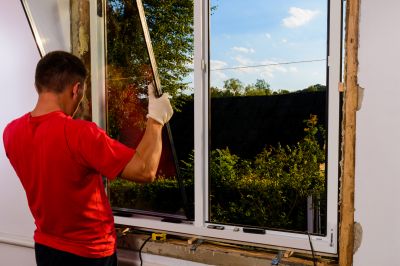
Ways to make Storm Restorations work in tight or awkward layouts.
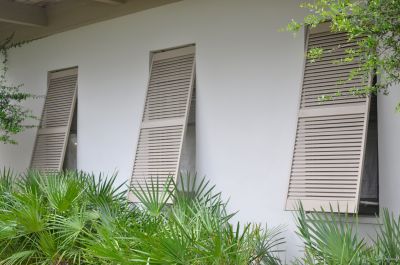
Popular materials for Storm Restorations and why they hold up over time.

Simple add-ons that improve Storm Restorations without blowing the budget.
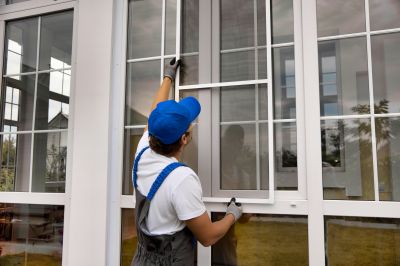
High-end options that actually feel worth it for Storm Restorations.

Finishes and colors that play nicely with Storm Restorations.

Little measurements that prevent headaches on Storm Restorations day.
Storm restorations involve repairing and restoring structures damaged by severe weather events. These projects can include roof repairs, siding replacements, window reinforcements, and other structural enhancements. Proper timing ensures that restoration efforts are thorough and durable, reducing the likelihood of future damage.
Statistics show that performing storm restorations during optimal weather conditions can decrease project duration by up to 30%. Additionally, early repairs can prevent secondary damages caused by water intrusion or wind exposure, saving costs and protecting property integrity.
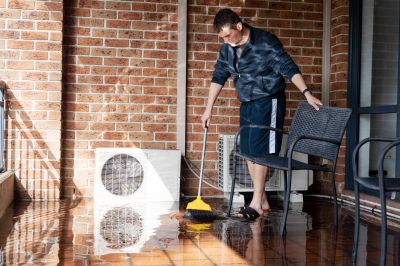
A 60-second routine that keeps Storm Restorations looking new.

A frequent mistake in Storm Restorations and how to dodge it.

Small tweaks to make Storm Restorations safer and easier to use.

Lower-waste or water-saving choices for Storm Restorations.
| Season | Advantages |
|---|---|
| Spring | Ideal for preparing properties before storm season begins. |
| Summer | Peak storm activity; best to avoid scheduling during storms. |
| Fall | Optimal for repairs due to calmer weather and after storm season. |
| Winter | Limited window for outdoor restoration due to rain and cold. |
| Late Spring | Good for detailed inspections and repairs. |
| Early Fall | Allows completion before storm season peaks. |
| Mid-Season | Higher risk of weather disruptions and delays. |
Timely storm restorations are crucial for maintaining property resilience. Proper planning around seasonal weather patterns can lead to more efficient repairs and better protection against future storms. Consulting with restoration professionals can help identify the best timing based on local climate trends.

The short, realistic tool list for quality Storm Restorations.
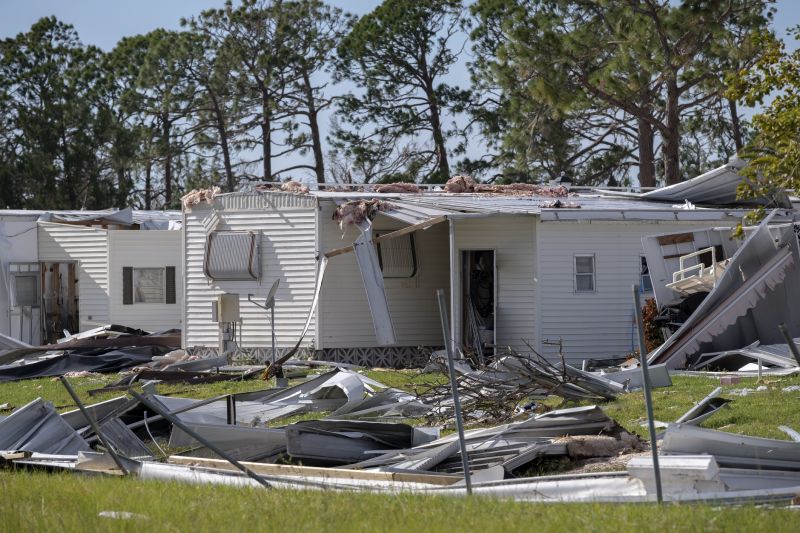
Rough timing from prep to clean-up for Storm Restorations.
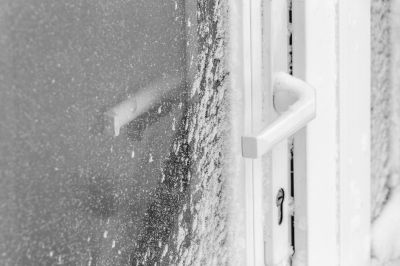
Quick checks and paperwork to keep after Storm Restorations.

Examples that show the impact a good Storm Restorations can make.
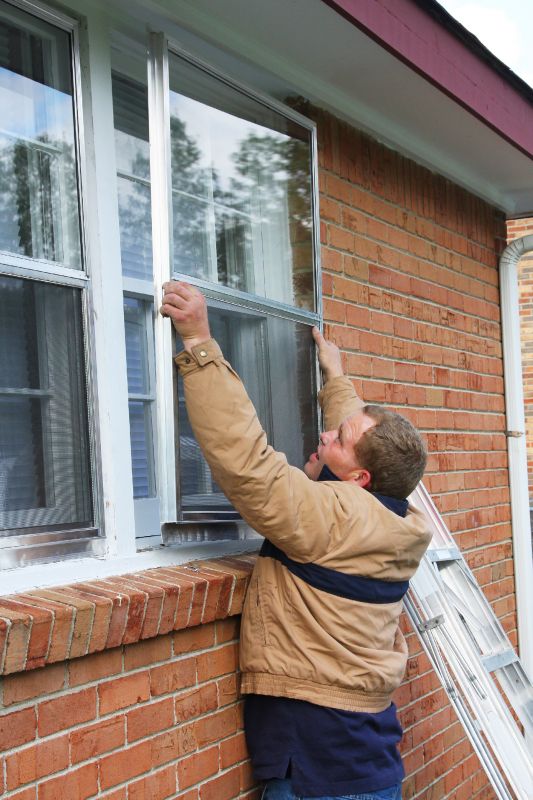
Ways to make Storm Restorations work in tight or awkward layouts.

Ways to make Storm Restorations work in tight or awkward layouts.
Interested property owners are encouraged to contact for more information about scheduling storm restorations. Proper timing and professional assessment can help ensure that repairs are effective and long-lasting.
